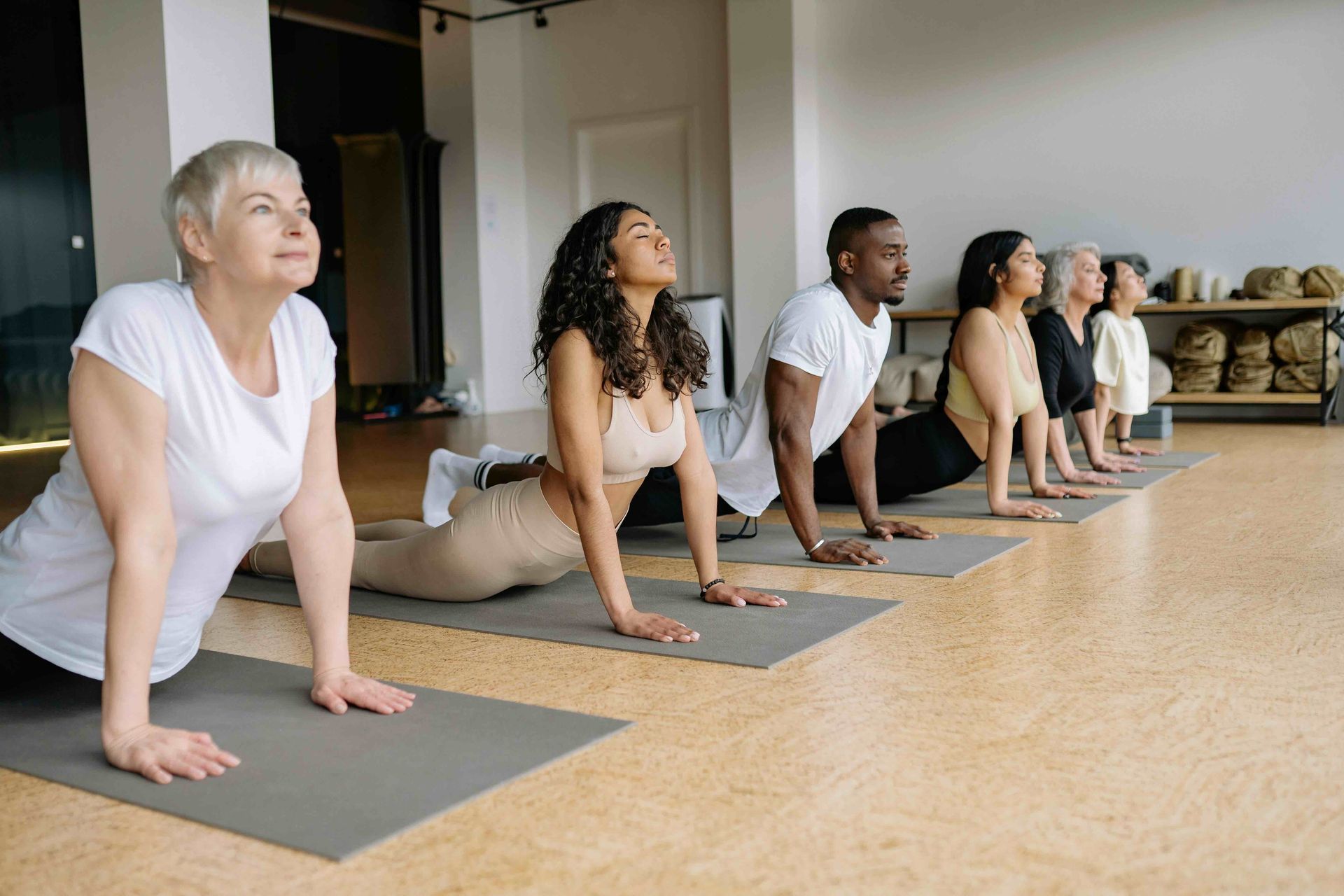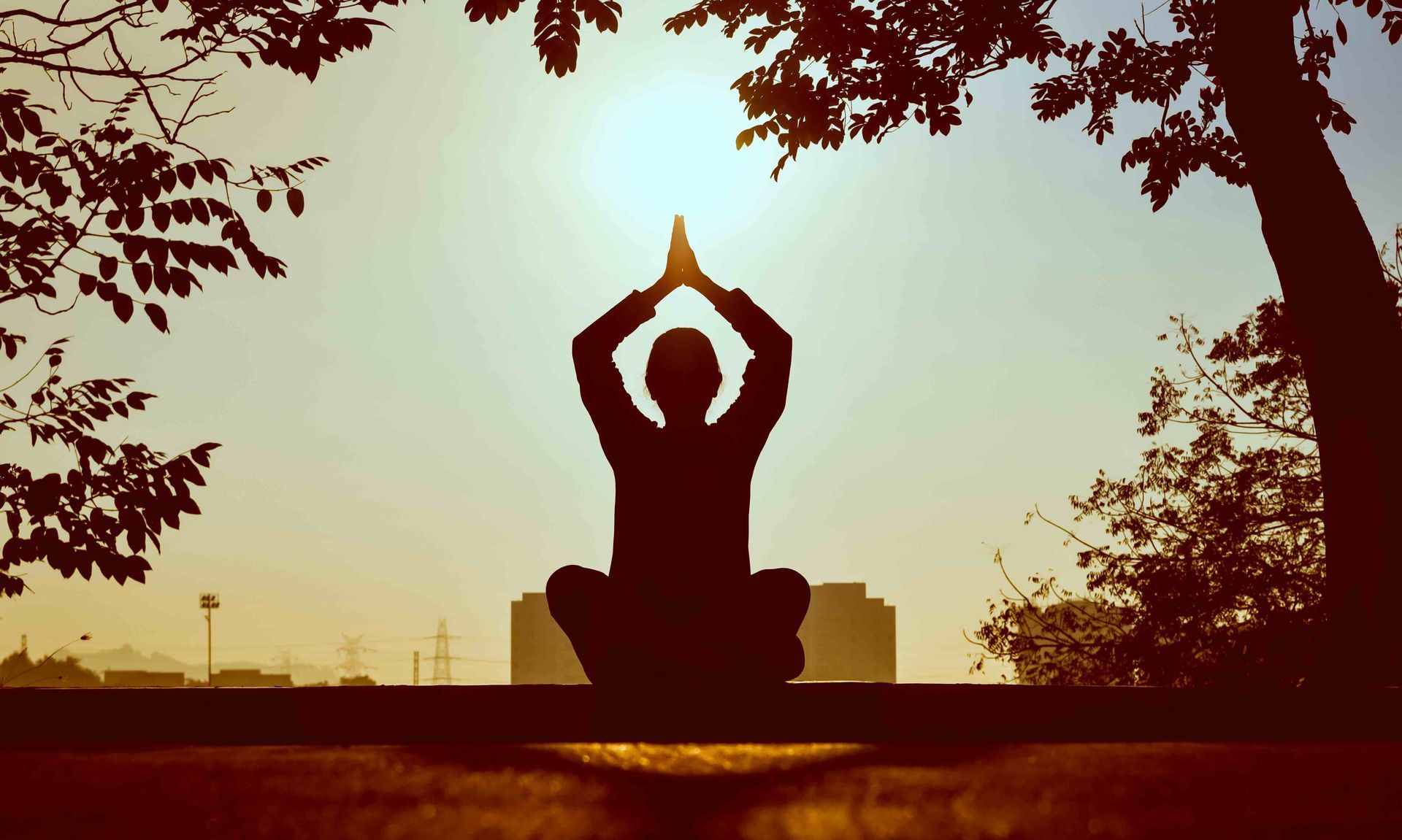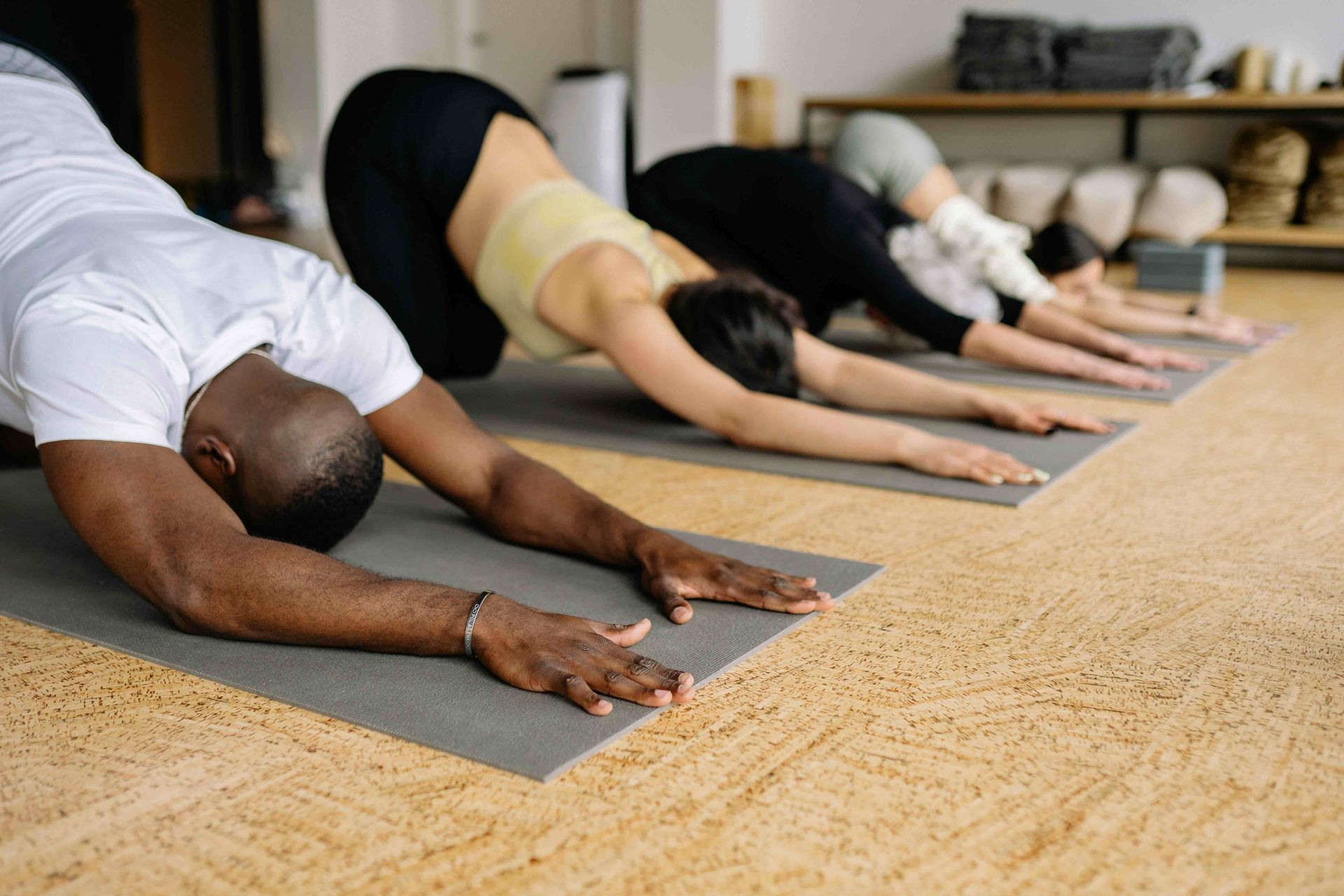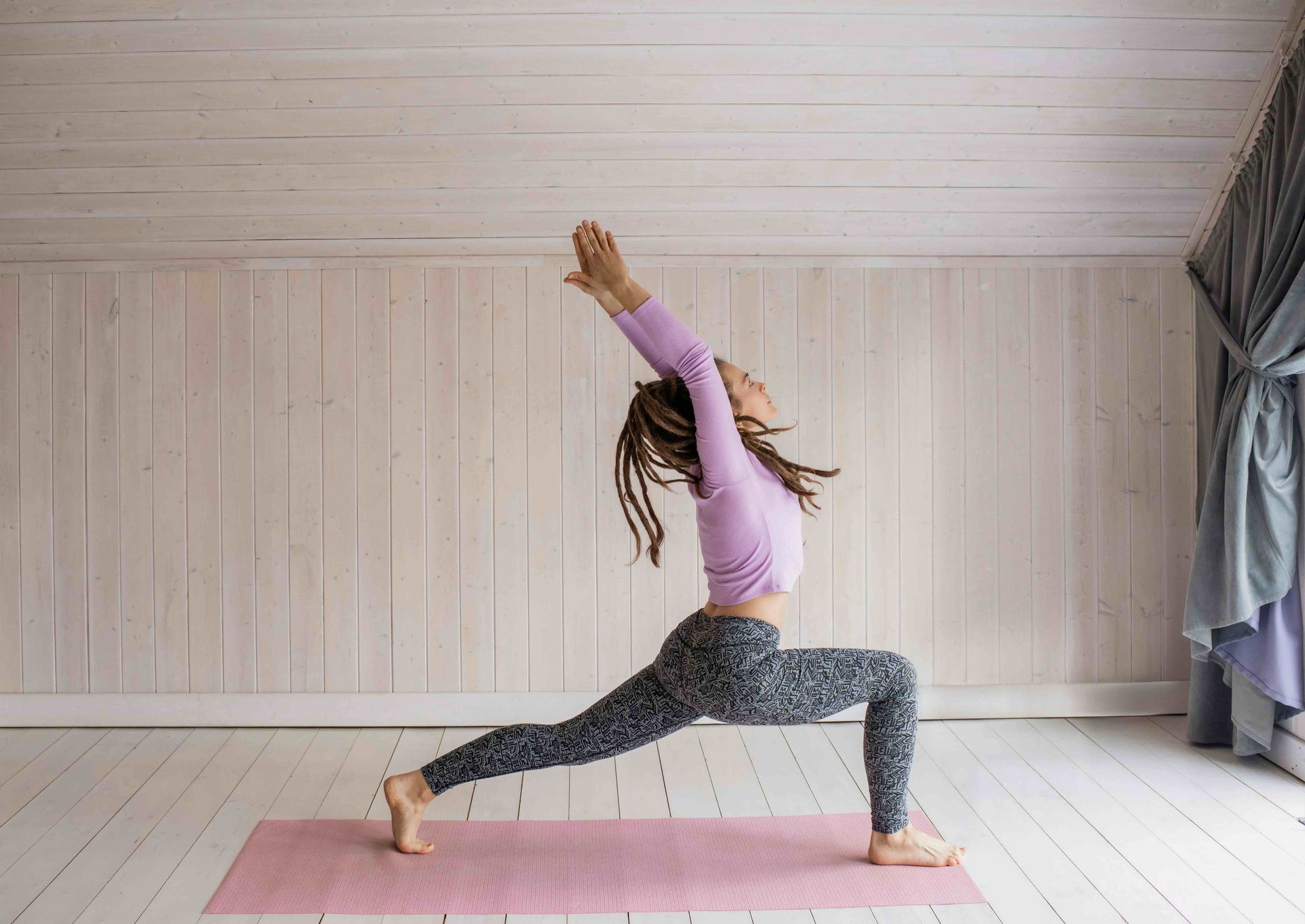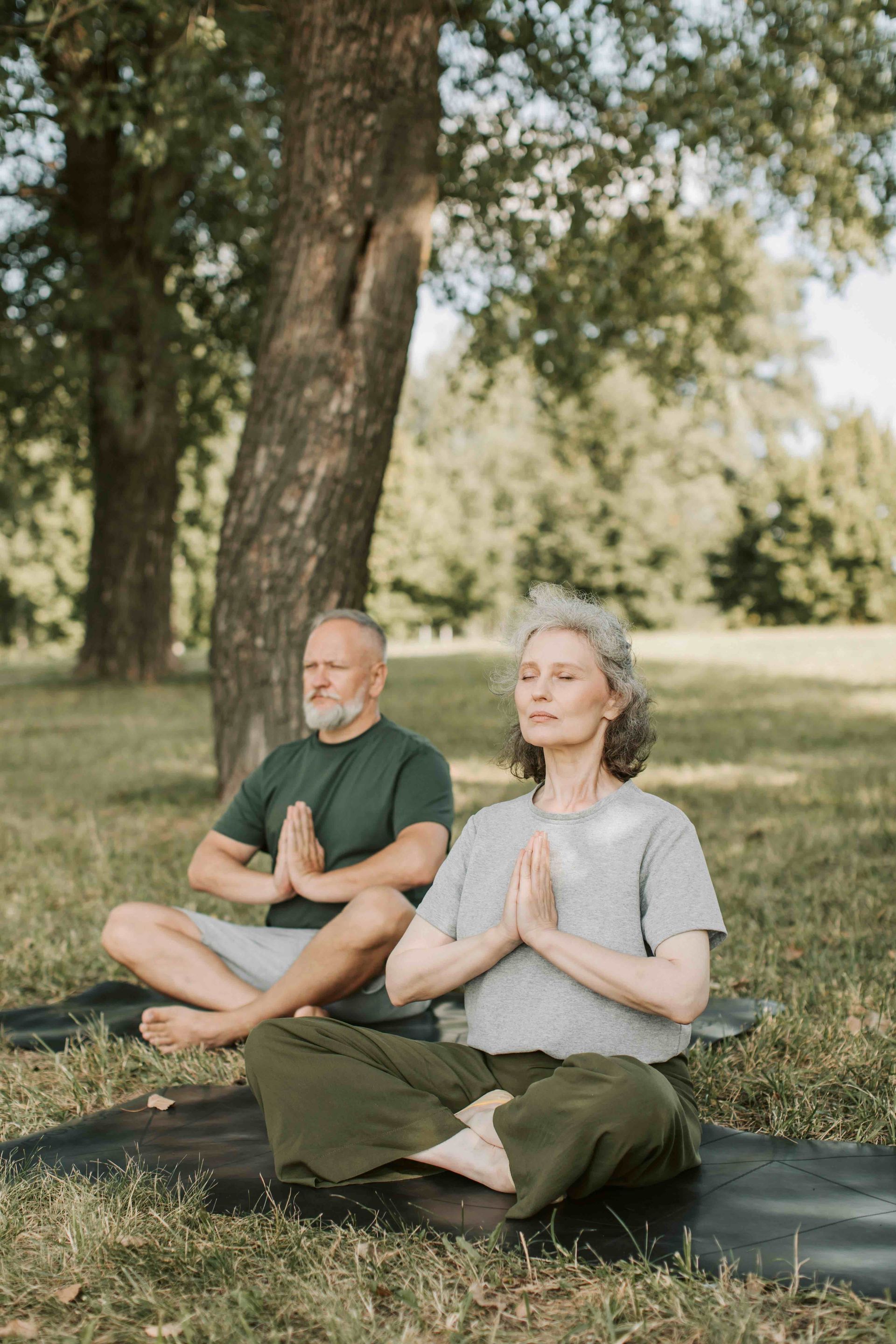Mindfulness in Motion: Why Every Yoga Pose Matters for Mental Health
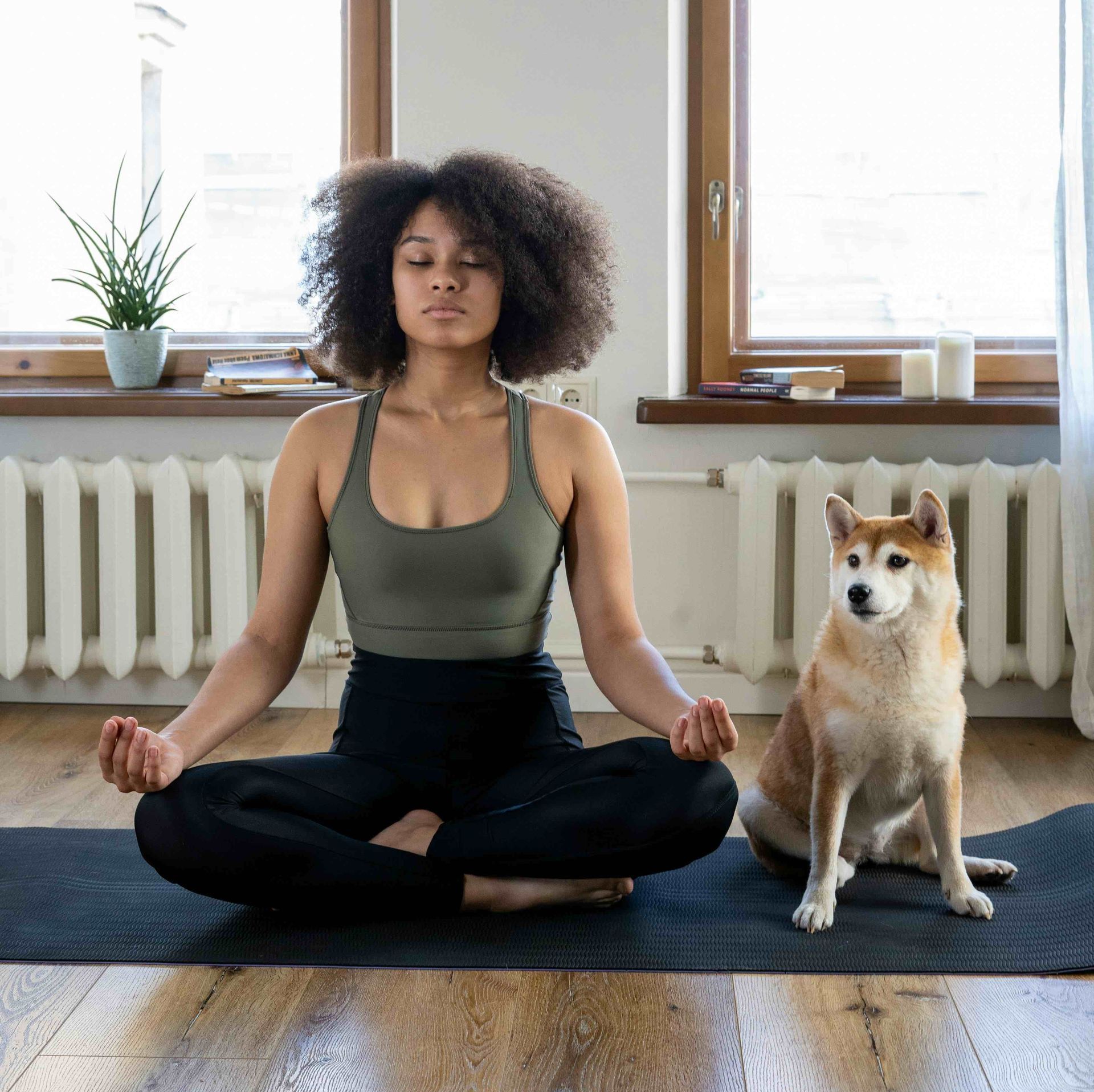
Yoga is often celebrated for its physical benefits—flexibility, strength, and balance—but its impact on mental health is equally profound. Beyond the movements and postures lies a deeper connection between the body, mind, and breath. Each yoga pose serves as a stepping stone to greater mindfulness, emotional regulation, and mental clarity. Let’s explore why every yoga pose matters for mental health and how you can harness the power of mindfulness in motion.
The Connection Between Yoga and Mental Health
Yoga is much more than physical exercise; it’s a holistic practice that integrates the mind and body. Scientific studies have shown that yoga can reduce stress, anxiety, and depression, while improving overall emotional resilience. Here’s why:
- Mindful Movement: Yoga encourages awareness of each movement and breath, fostering a state of presence and reducing rumination.
- Regulated Nervous System: Poses and breathing techniques help activate the parasympathetic nervous system, promoting relaxation and reducing stress.
- Emotional Release: Certain poses open areas of the body where stress and emotions are often stored, such as the hips and chest.
- Enhanced Focus: The concentration required for balancing poses and controlled breathing improves mental clarity and focus.
Why Every Pose Matters
Each yoga pose, no matter how simple or advanced, plays a specific role in promoting mental health. Here’s how:
1. Grounding Poses
Examples: Mountain Pose (Tadasana), Child’s Pose (Balasana), Warrior II (Virabhadrasana II)
Grounding poses help you connect to the present moment and foster a sense of stability and security. These poses are particularly beneficial during times of anxiety or emotional overwhelm.
- Mental Health Benefit: Provides a sense of calm and rootedness, reducing feelings of uncertainty and fear.
- Mindfulness Tip: Focus on the sensations in your feet and legs, imagining roots growing into the earth.
2. Heart-Opening Poses
Examples: Cobra Pose (Bhujangasana), Camel Pose (Ustrasana), Bridge Pose (Setu Bandhasana)
Heart-opening poses stretch the chest and shoulders, areas where many people hold tension and emotional stress. These poses encourage vulnerability and openness.
- Mental Health Benefit: Releases stored emotions and fosters feelings of compassion and connection.
- Mindfulness Tip: Breathe deeply into your chest and visualize releasing any emotional heaviness.
3. Balancing Poses
Examples: Tree Pose (Vrikshasana), Eagle Pose (Garudasana), Dancer’s Pose (Natarajasana)
Balancing poses require focus and stability, encouraging you to remain present and centered. They highlight the connection between mental focus and physical steadiness.
- Mental Health Benefit: Improves concentration and builds resilience against distractions.
- Mindfulness Tip: Fix your gaze on a single point and synchronize your breath with your movement.
4. Twisting Poses
Examples: Seated Spinal Twist (Ardha Matsyendrasana), Revolved Triangle Pose (Parivrtta Trikonasana)
Twists detoxify the body by stimulating the digestive organs and improving circulation. They also symbolically represent letting go of what no longer serves you.
- Mental Health Benefit: Encourages release and renewal, reducing feelings of being stuck or overwhelmed.
- Mindfulness Tip: Visualize wringing out stress and negativity with each twist.
5. Inversions
Examples: Downward Dog (Adho Mukha Svanasana), Legs-Up-The-Wall Pose (Viparita Karani), Headstand (Sirsasana)
Inversions shift your perspective—literally and figuratively. By reversing blood flow, these poses energize the body and calm the mind.
- Mental Health Benefit: Reduces stress, boosts mood, and enhances mental clarity.
- Mindfulness Tip: Focus on the sensation of blood flowing toward your head and the feeling of lightness.
6. Restorative Poses
Examples: Savasana (Corpse Pose), Reclining Bound Angle Pose (Supta Baddha Konasana), Child’s Pose (Balasana)
Restorative poses allow the body and mind to fully relax and integrate the benefits of your practice. These poses are essential for recovery and emotional balance.
- Mental Health Benefit: Promotes deep relaxation, reduces cortisol levels, and fosters emotional healing.
- Mindfulness Tip: Close your eyes and focus on the rhythm of your breath, letting go of any lingering tension.
The Role of Breath and Mindfulness
Mindful breathing, or pranayama, is the thread that connects every yoga pose. By focusing on your breath, you can:
- Anchor yourself in the present moment.
- Calm the fight-or-flight response.
- Enhance the mind-body connection.
Try incorporating alternate nostril breathing (Nadi Shodhana) or ocean breath (Ujjayi) into your practice for added mental health benefits.
Building a Mindful Yoga Practice
To maximize the mental health benefits of yoga:
- Practice Regularly: Consistency is key. Even 10-15 minutes a day can make a difference.
- Set Intentions: Begin each session by setting an intention, such as cultivating peace or releasing stress.
- Listen to Your Body: Respect your limits and modify poses as needed to avoid frustration or injury.
- Create a Ritual: Light a candle, play calming music, or use essential oils to enhance your practice.
Every yoga pose matters because each one offers a unique opportunity to connect with yourself on a deeper level. By approaching your practice with mindfulness, you can harness the transformative power of yoga to support your mental health and overall wellbeing.
So, the next time you step onto your mat, remember: it’s not about achieving the perfect pose. It’s about embracing the journey, one mindful movement at a time.
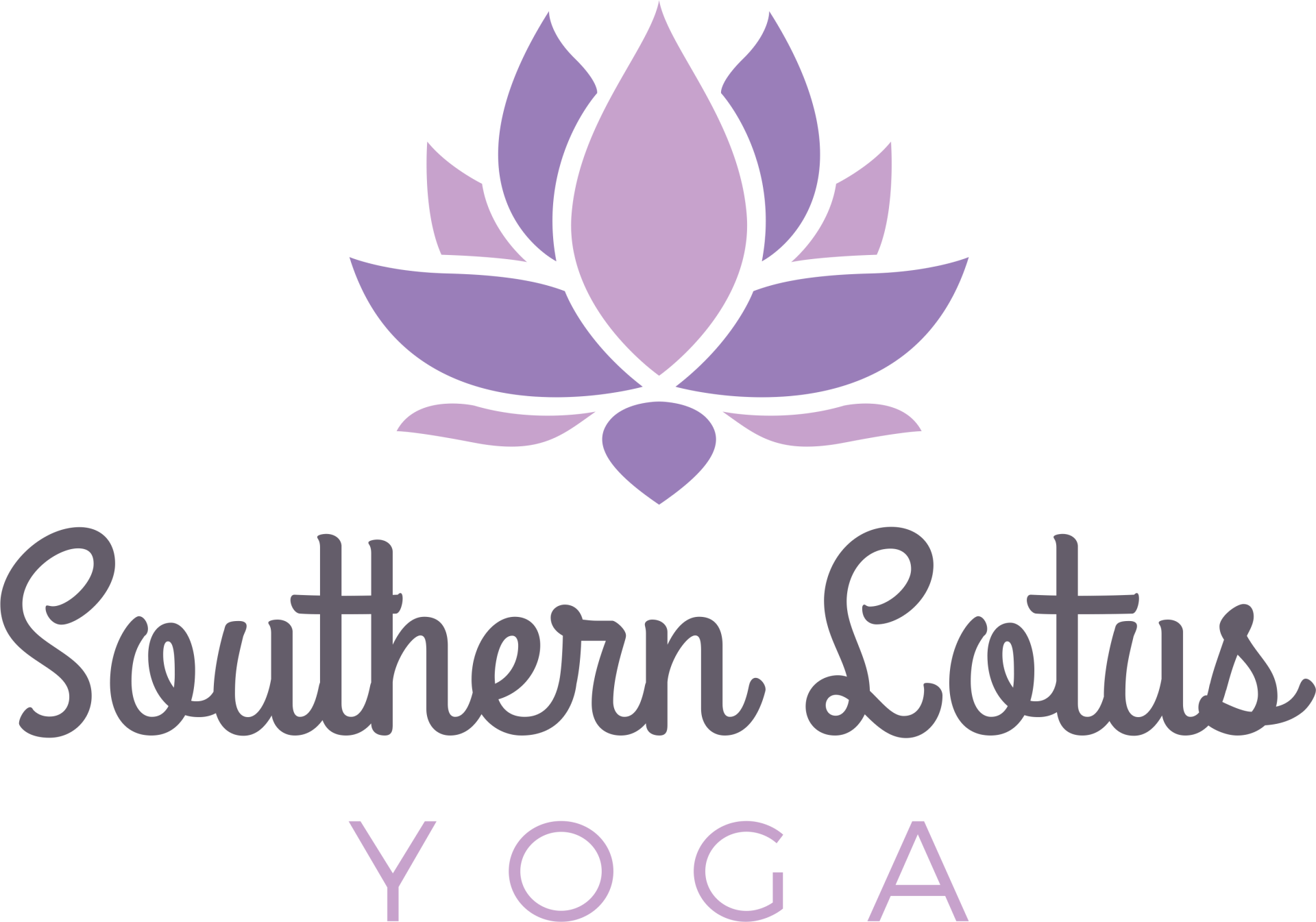
At Southern Lotus Yoga in McDonough, GA, we seek to create a community where we nurture practicing yoga with kindness and compassion while encouraging others to share in this spirit both on and off mat. We strive to cultivate an enriching yoga practice that balances, mind, body and spirit. Our students leave their mats feeling grounded by a well-rounded experience through our programs, classes and events. Call Us or Register Now!
